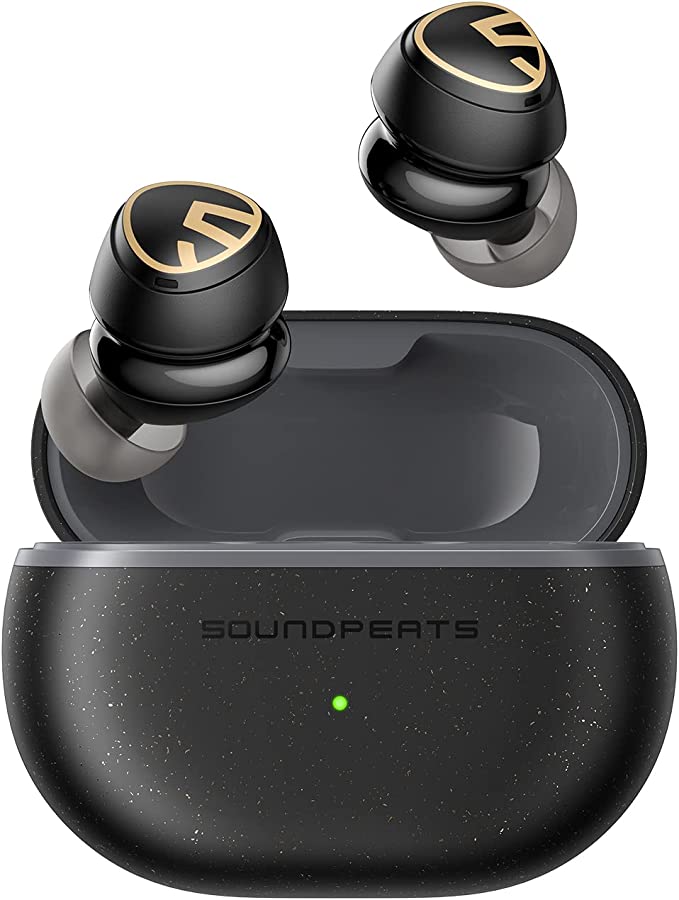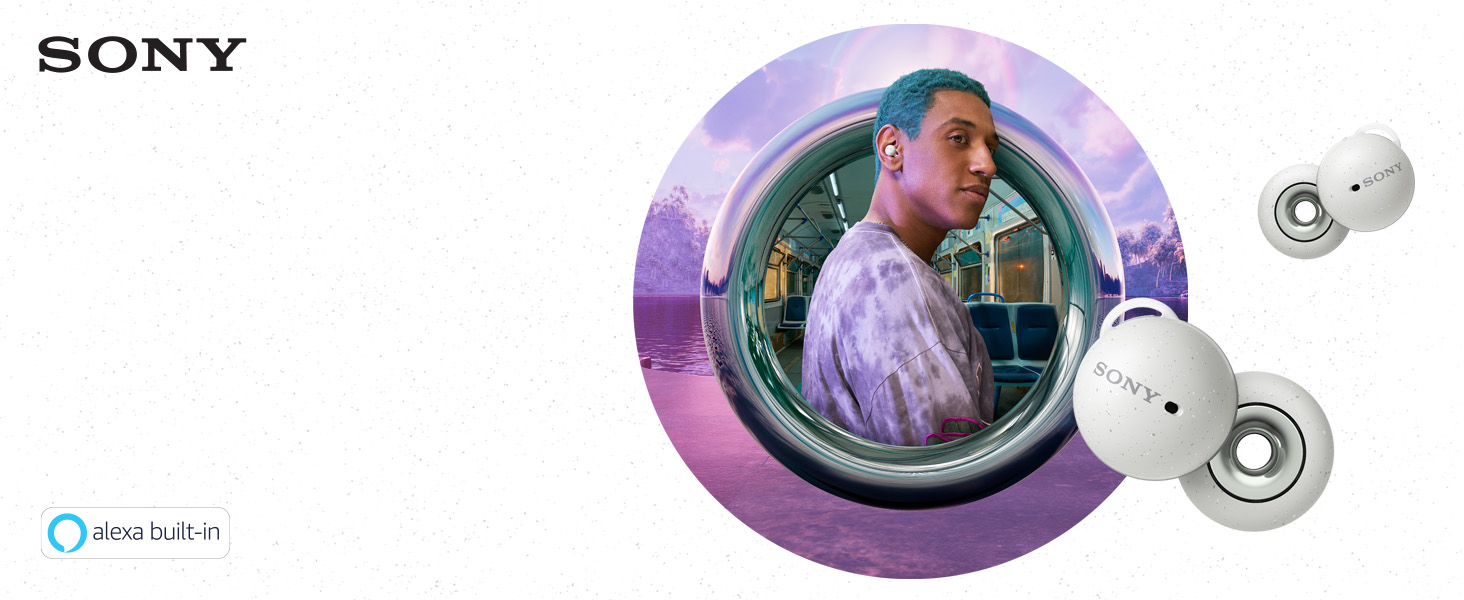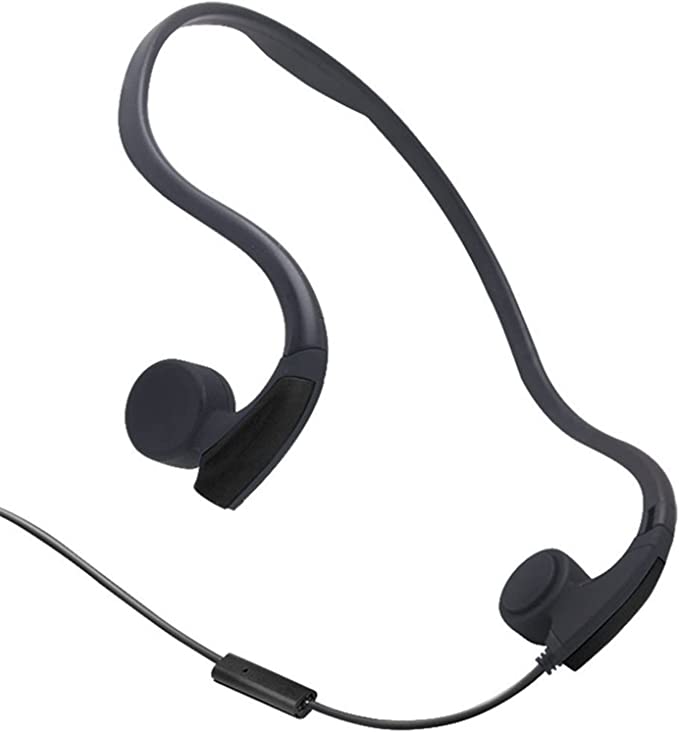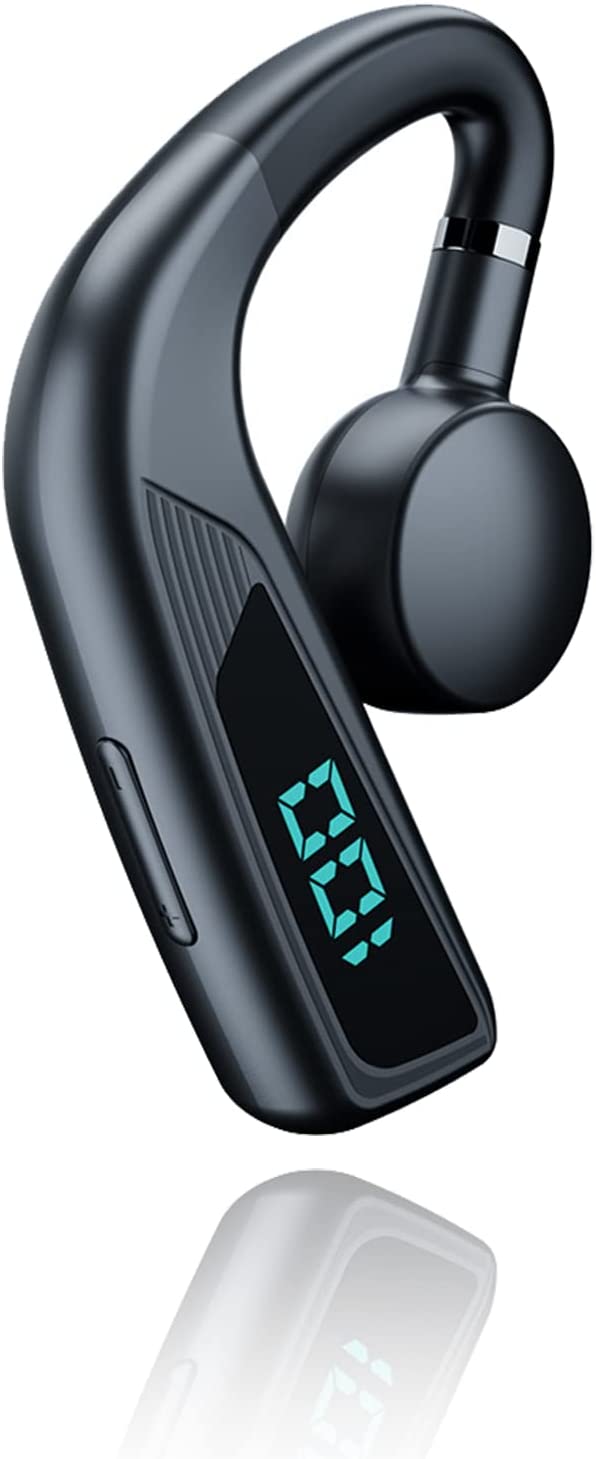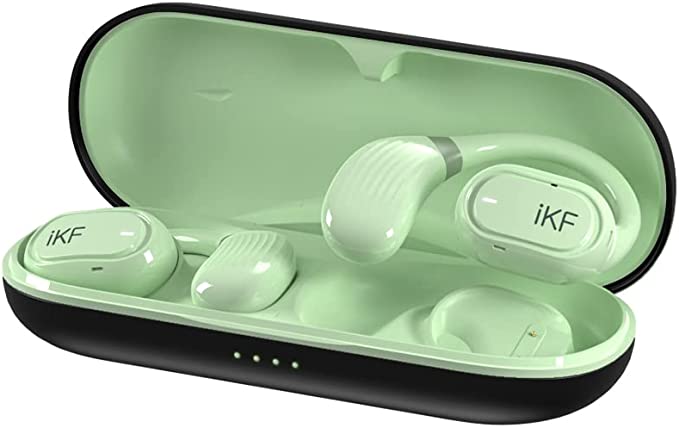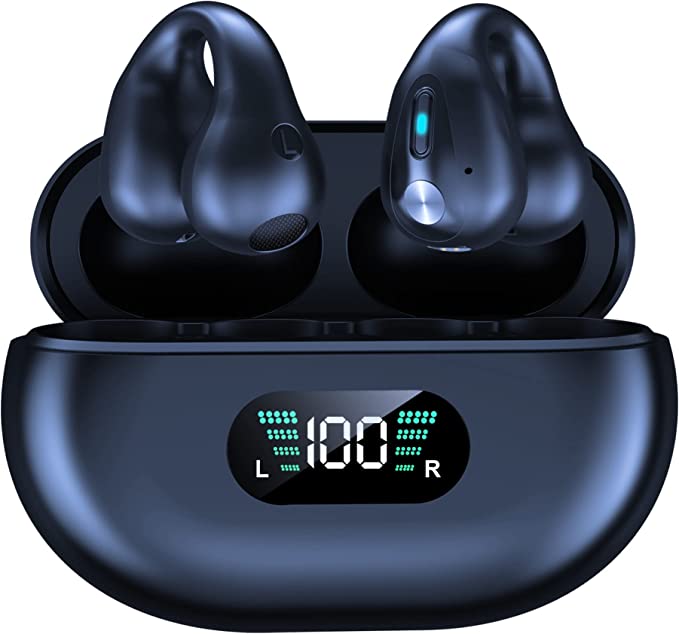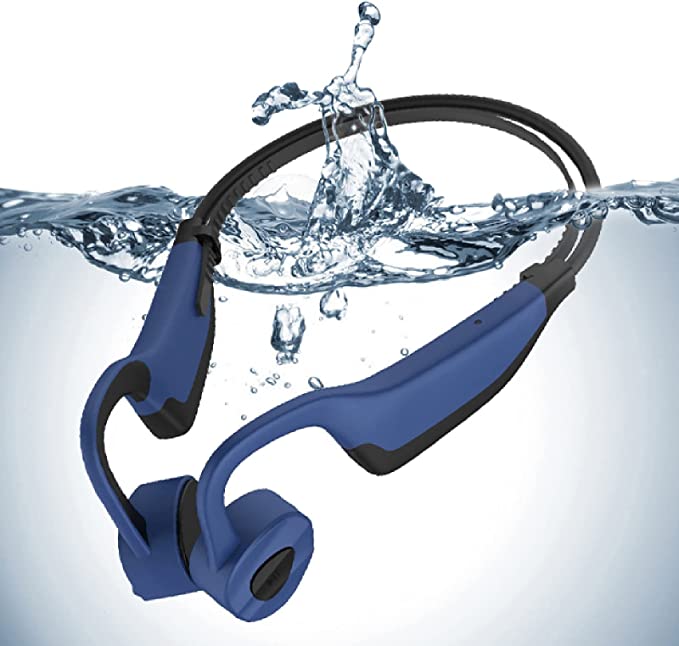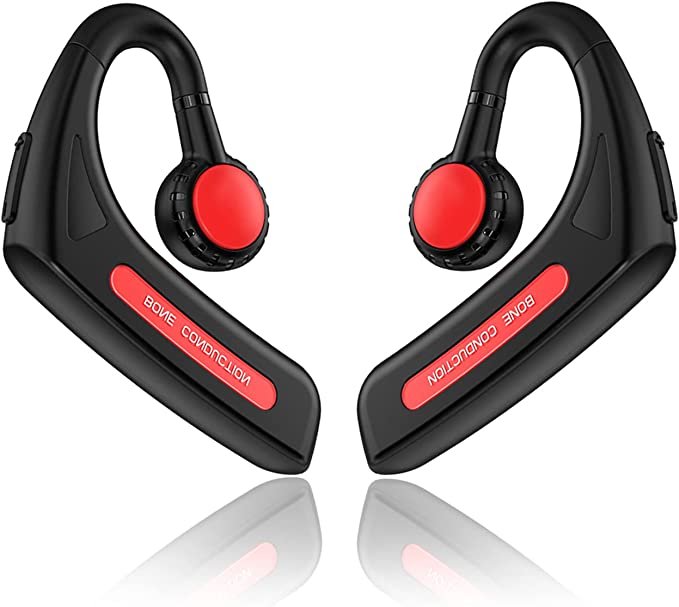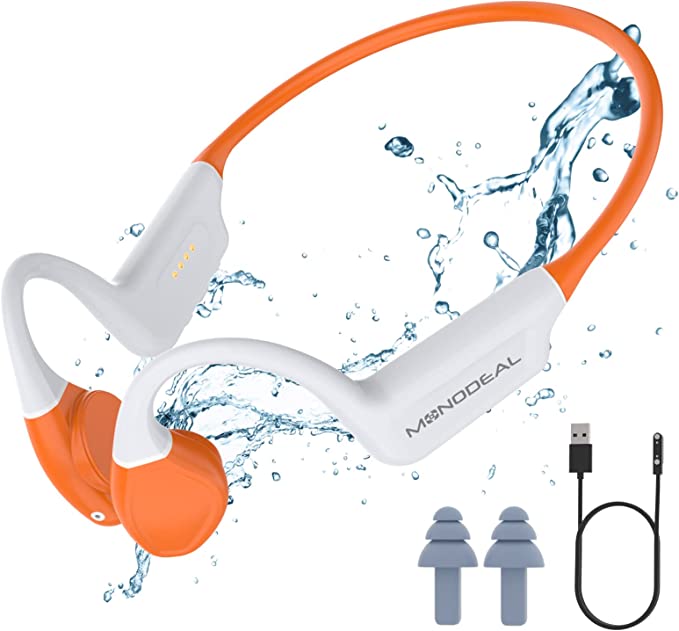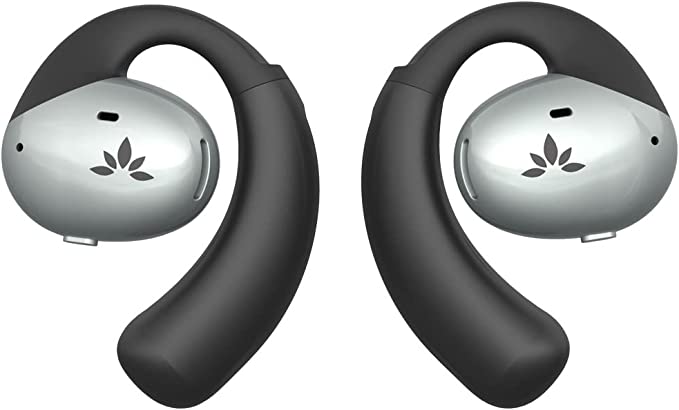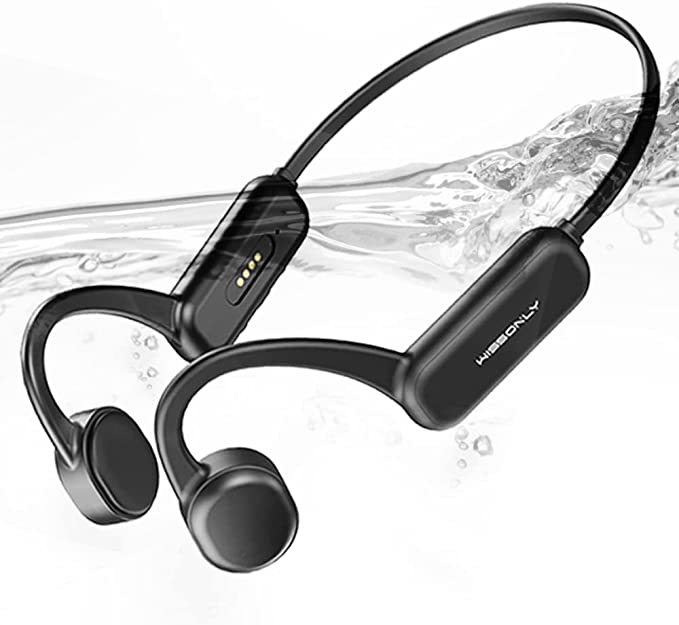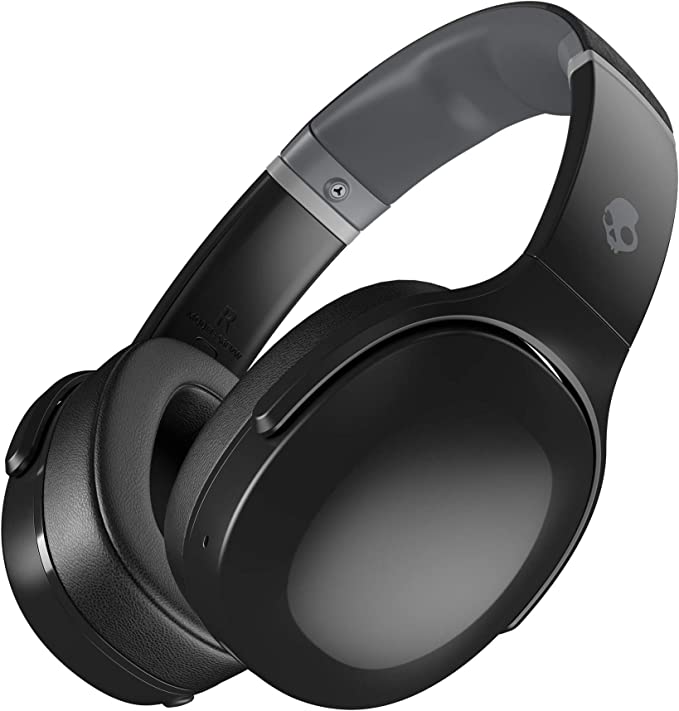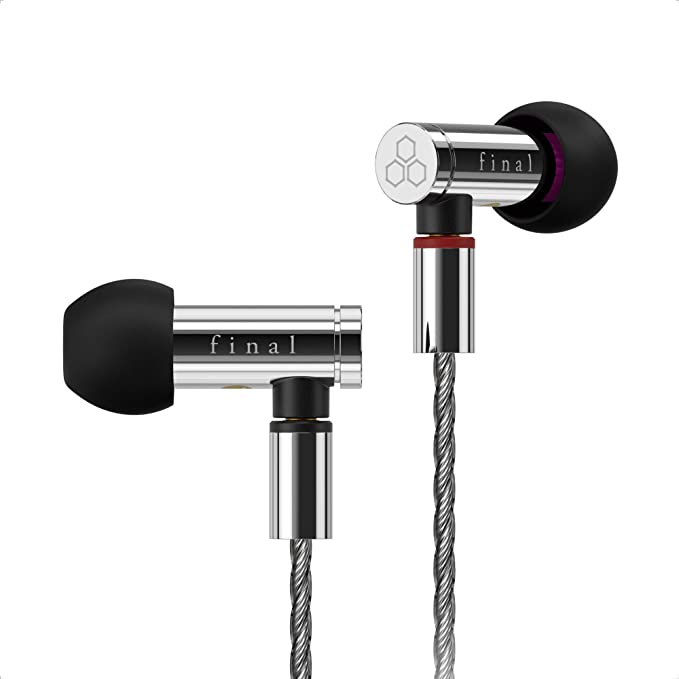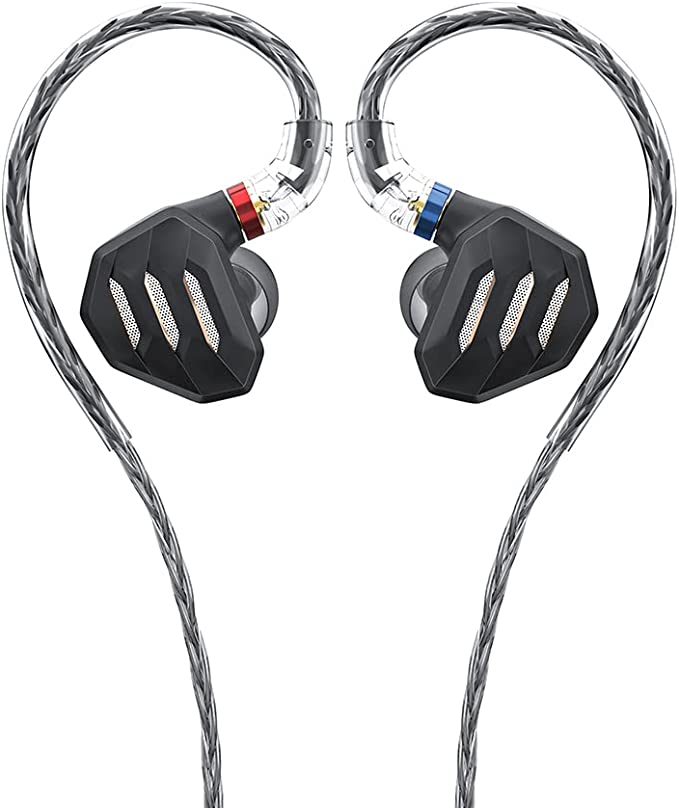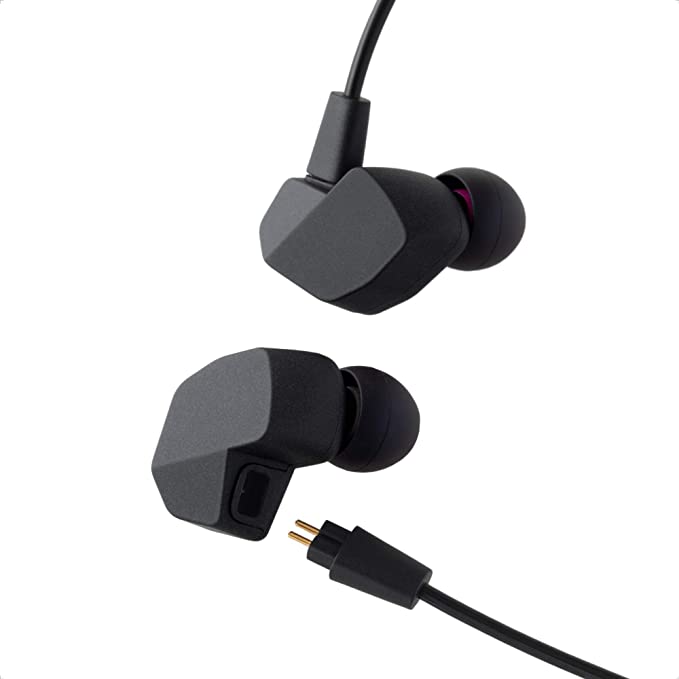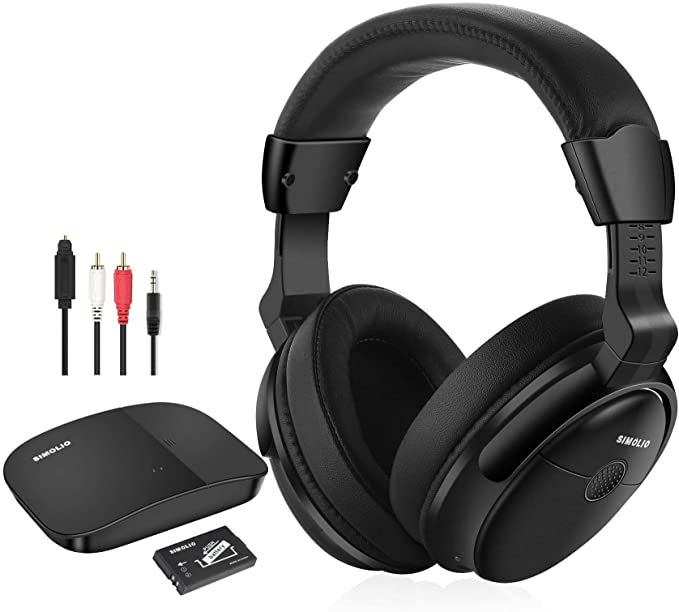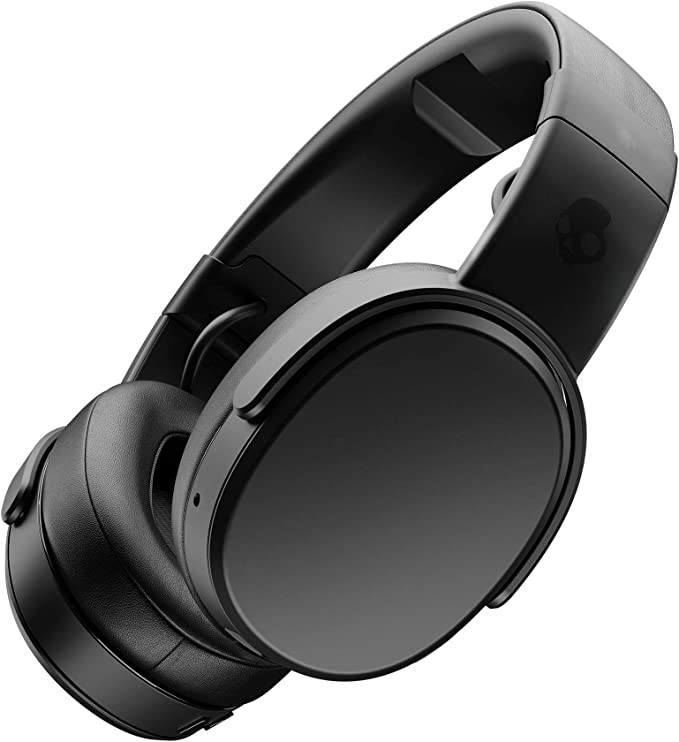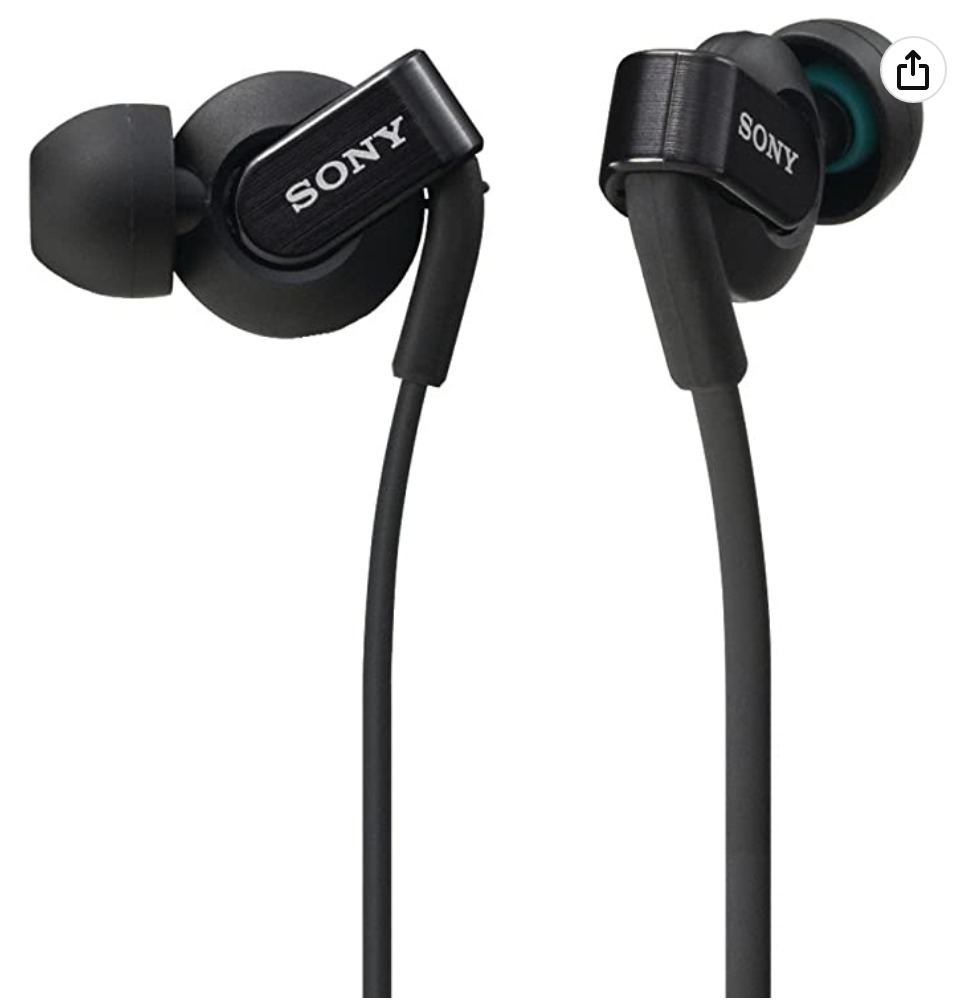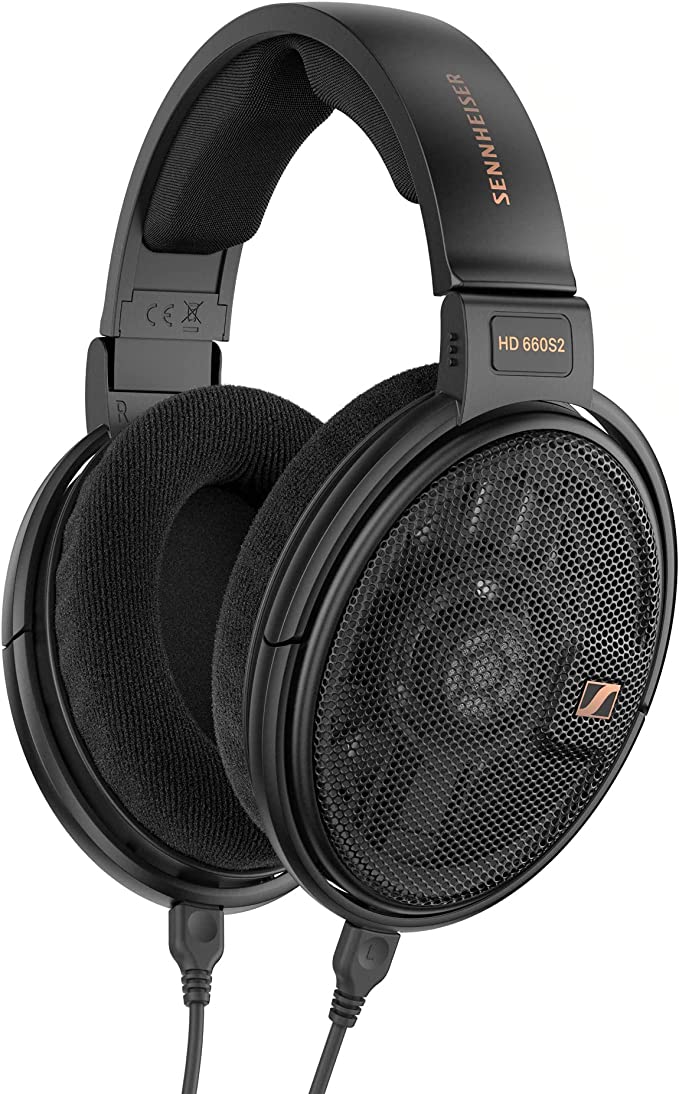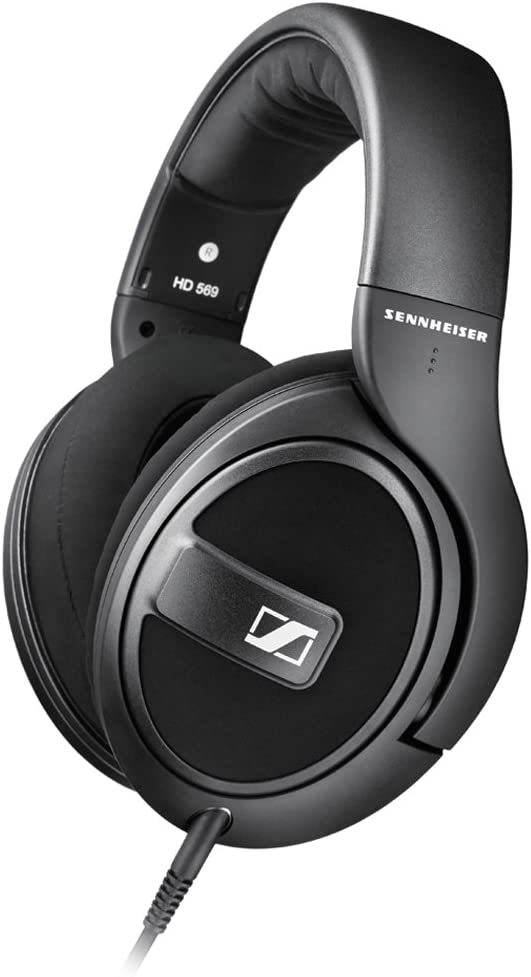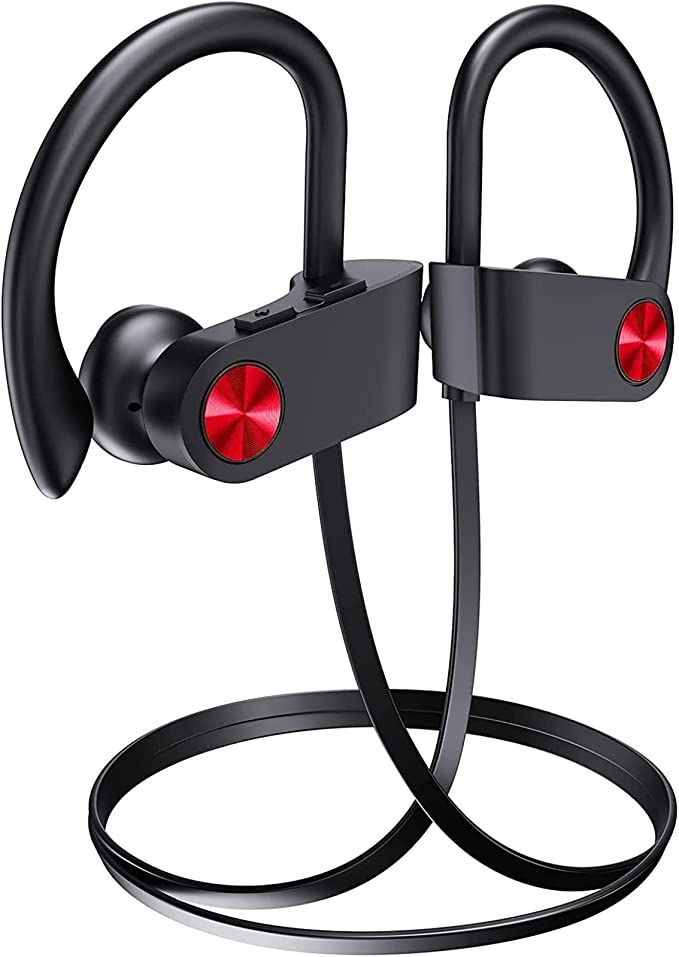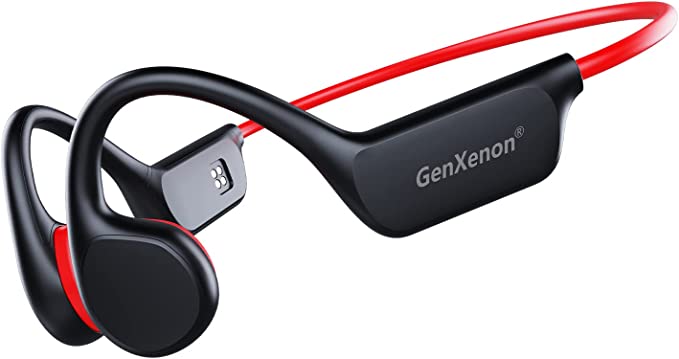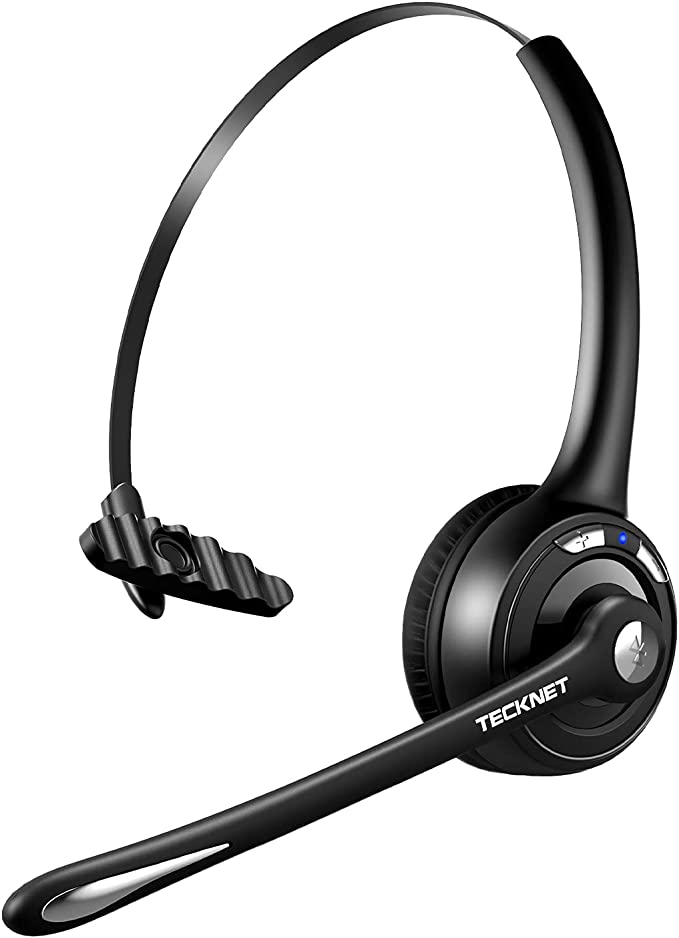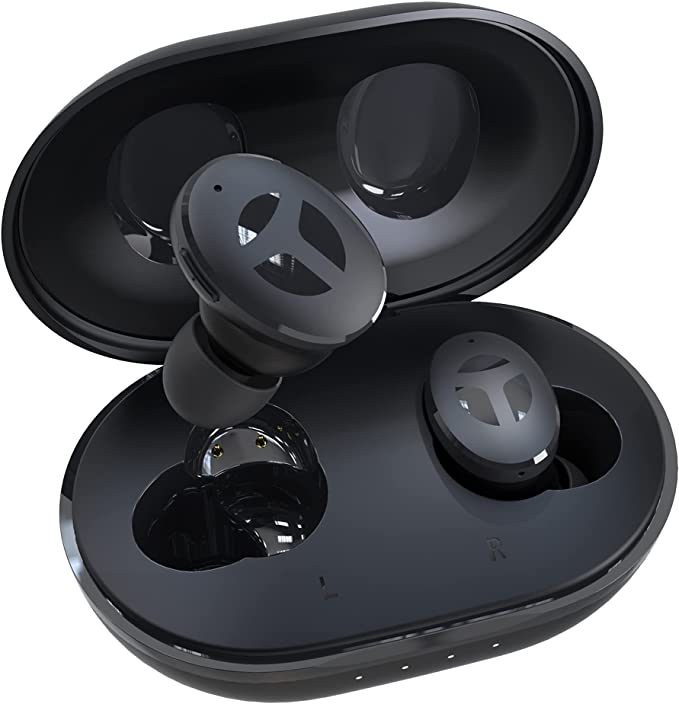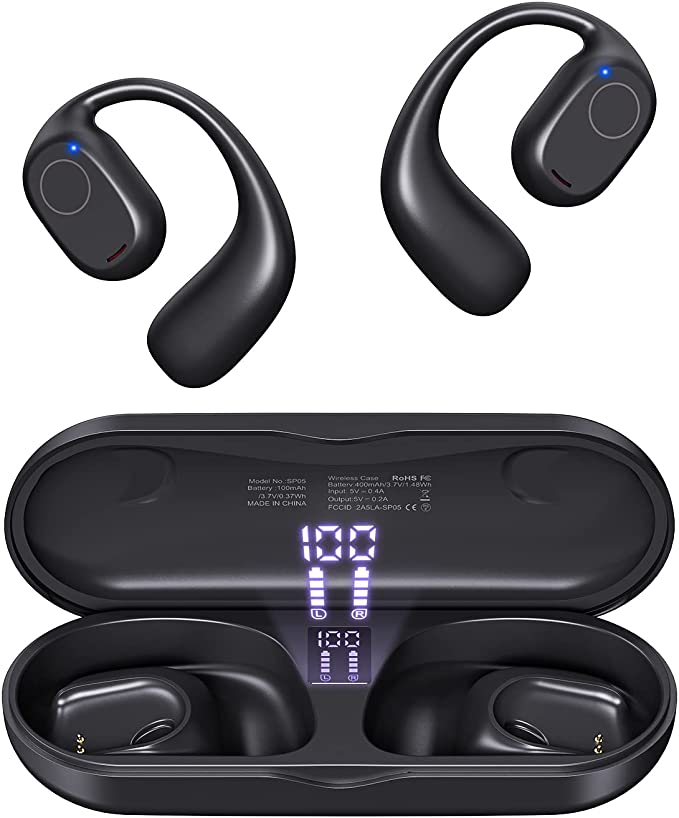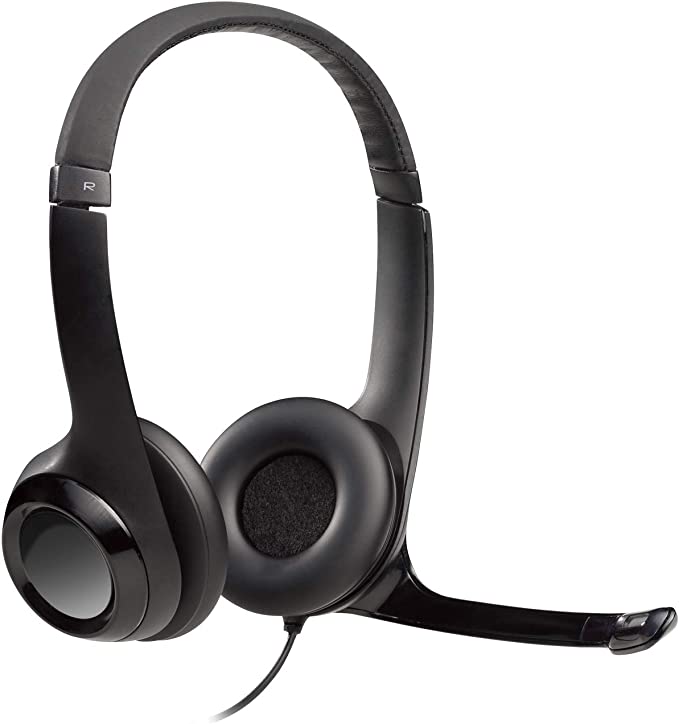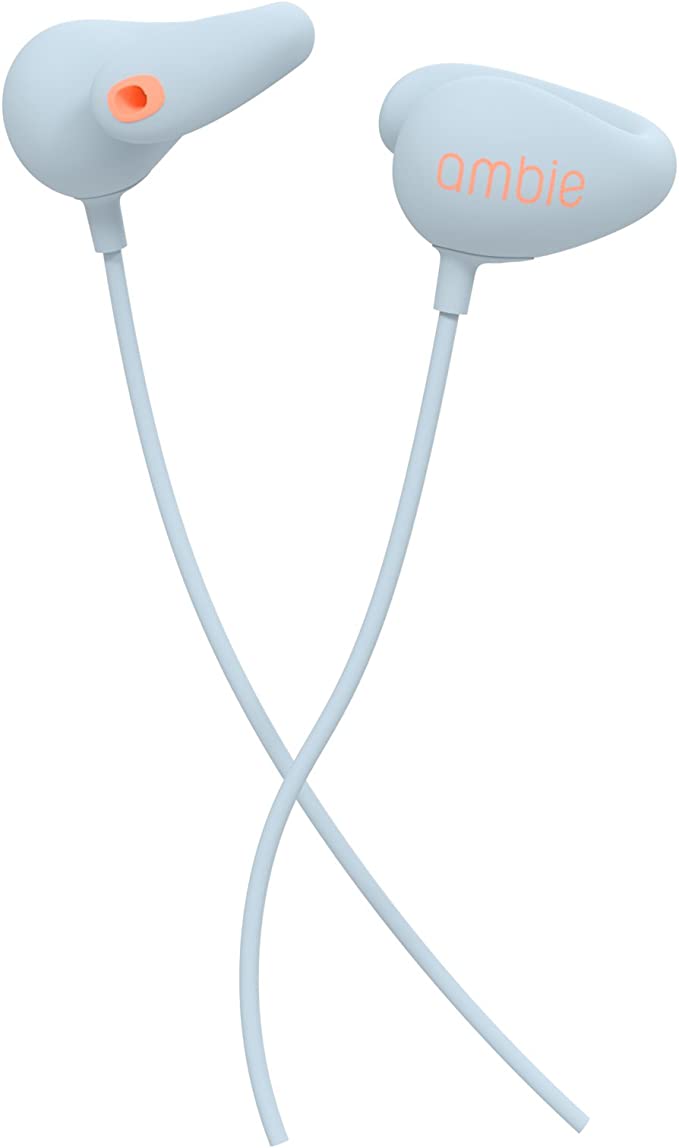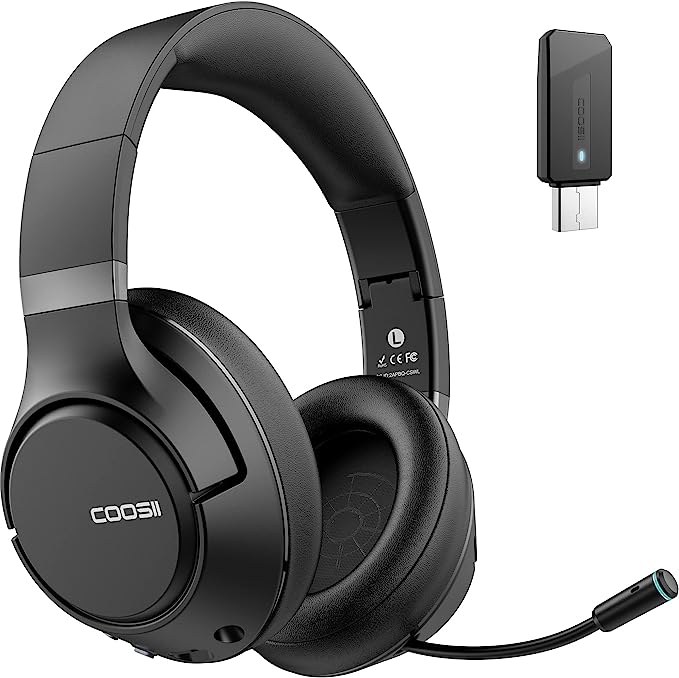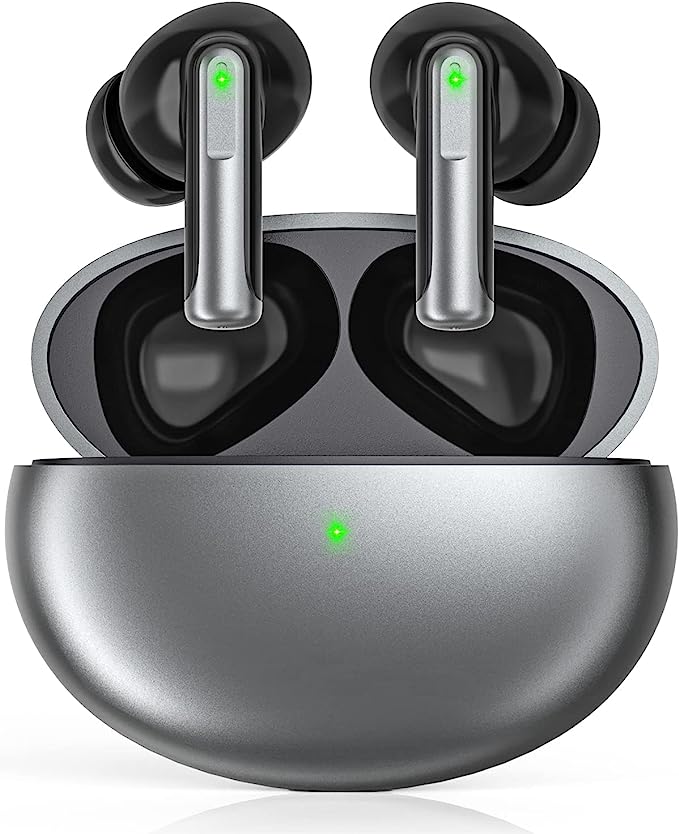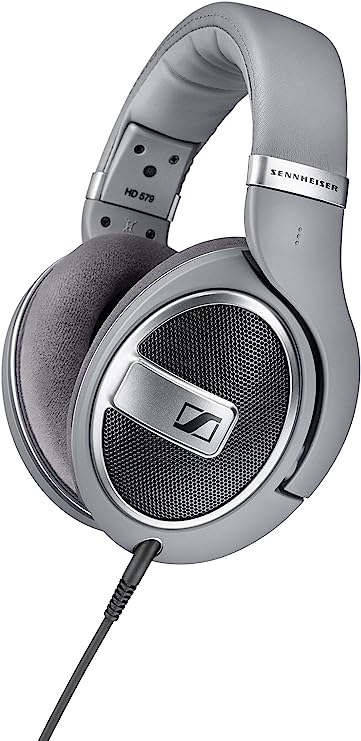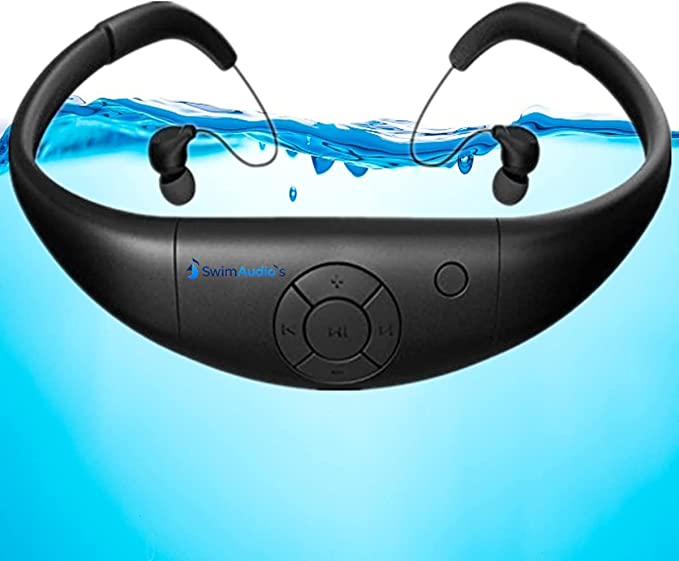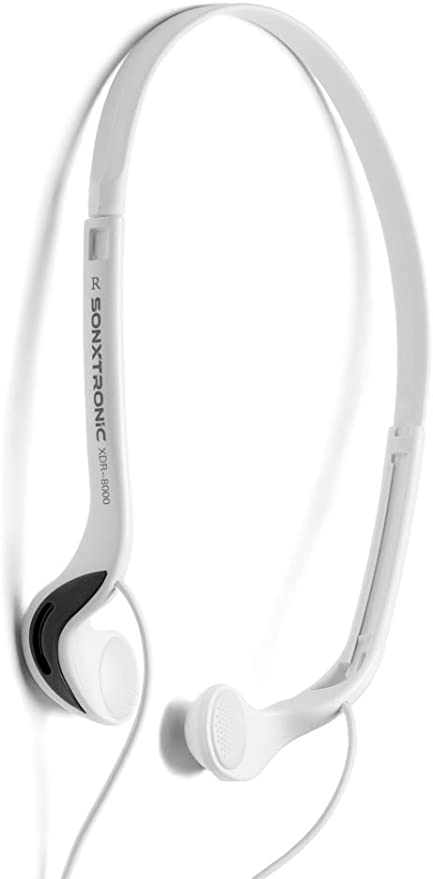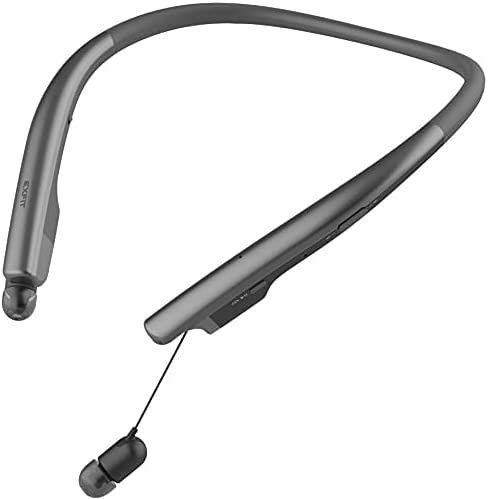AVIOT TE-H1 Open-Ear Earphones: Hear the World, Feel the Freedom
Update on Aug. 4, 2025, 7:45 a.m.
For over a century, our relationship with sound has been a story of control. From the communal parlor phonograph to the invention of the first stereo headphones in the late 1950s, the quest was to capture and command the auditory world. This journey reached its zenith with the Sony Walkman, a device that didn’t just play music—it created a portable, private universe for one. The ‘personal audio bubble’ was born. In the decades that followed, technology relentlessly perfected this isolation, culminating in today’s active noise-cancellation (ANC) marvels that can conjure near-perfect silence amidst urban chaos.
But this perfect isolation came with an unforeseen cost. In sealing our ears to the outside world, we severed a vital sensory connection. We became sonically detached, navigating busy streets in a silent film, missing the subtle cues of our environment—a bicycle bell, an approaching colleague, the simple ambiance of a bustling café. A paradox emerged: we had achieved ultimate audio fidelity, but at the expense of presence. We were hearing everything in our headphones, and almost nothing of our lives.
This has sparked a quiet revolution in audio engineering, a shift in philosophy from blocking the world out to intelligently letting it in. The frontier of personal audio is no longer about deeper isolation, but about a seamless fusion of our digital soundscapes with our physical reality. This movement is spearheaded by a new generation of open-ear audio devices, and to understand their significance is to first understand the profound science of how we hear.

Reclaiming the Science of Space
Our ability to perceive the world in three-dimensional sound is a marvel of evolutionary engineering. It is not our ears alone, but the intricate interplay between them and our brain, a process known as binaural hearing. When a sound occurs, say, to your left, the waves reach your left ear a few microseconds before your right. This infinitesimal interaural time difference (ITD) is instantly processed by your brain. The sound is also slightly louder in your left ear, creating an interaural intensity difference (IID). Together, these two binaural cues are the primary data points your brain uses to paint an astonishingly accurate horizontal map of your surroundings.
But the magic doesn’t stop there. The unique folds and ridges of your outer ear, the pinna, act as a personalized acoustic filter. They subtly alter the frequencies of incoming sounds depending on their vertical angle before they even enter your ear canal. This complex filtering, unique to you, is your Head-Related Transfer Function (HRTF), and it’s what allows you to tell if a sound is coming from above, below, in front, or behind you.
For decades, traditional in-ear and over-ear headphones have compromised this system. By blocking the ear canal or covering the pinna, they fundamentally alter or eliminate these crucial spatial cues. They present a flat, stereo image directly to the eardrum, forcing the brain to interpret a soundscape that lacks genuine depth and dimensionality. This is precisely the paradigm that open-ear audio seeks to upend. By leaving the ear canal entirely unobstructed, devices like the AVIOT TE-H1 Open-Ear Earphones are designed to preserve these natural auditory processes. They allow your pinna to function as nature intended and ensure the critical time and intensity differences of ambient sounds reach your eardrums intact, allowing your brain to continue mapping your real-world environment even as you listen to music.

Engineering Sound for the Open Air
To deliver a private listening experience in an open-air design presents a formidable challenge in acoustic engineering: how do you direct sound precisely into the ear canal without it spilling into the surrounding environment and disturbing others? The answer lies in principles of acoustic guidance. The AVIOT TE-H1 describes its solution as a “multi-duct structure.” While the exact proprietary schematics are not public, we can analyze this based on established physics. This name strongly implies the use of acoustic waveguides—specially shaped channels designed to guide sound waves along a specific path, much like a fiber optic cable guides light.
By channeling the sound energy from the internal driver through these ducts, it’s possible to create a focused beam of audio aimed directly at the ear canal’s opening. This maximizes the sound pressure level for the listener while minimizing the energy that radiates outwards, thereby mitigating sound leakage. It is a delicate balancing act of managing acoustic impedance and directional control, a far more sophisticated approach than simply placing a tiny speaker near the ear.
Yet, even the most cleverly designed acoustic system is only as good as the signal it receives. In an open design where ambient noise is a constant, the fidelity of the audio source becomes even more critical. If the goal is to seamlessly blend music with life, that music must be rich and detailed enough to command attention. This is where the digital side of the equation becomes paramount.

The Digital Thread: Preserving Detail in a Wireless World
The convenience of Bluetooth audio has always involved a trade-off. To transmit complex audio data over a limited wireless bandwidth, it must be compressed. This is the job of a codec. For years, the standard SBC codec has served this purpose functionally, but its aggressive compression often strips away the nuances that give music its life.
The inclusion of LDAC support in the AVIOT TE-H1 signals a clear commitment to overcoming this limitation. LDAC is a high-fidelity audio codec that can operate at a maximum bitrate of 990 kilobits per second (kbps), transmitting approximately three times more data than standard Bluetooth. Think of it as upgrading from a narrow country lane to a three-lane superhighway for your audio data. This wider data pipe means far less information from the original high-resolution recording needs to be discarded.
The result is an audible preservation of detail. The subtle textures of a brushed snare drum, the complex decay of a piano chord, the faint breath of a vocalist before a line—these are the elements often lost to compression. Support for Hi-Res Audio via LDAC ensures that the rich, detailed signal sent to the earphones’ sophisticated acoustic system is worthy of the intricate listening experience it aims to create. It completes the circle: a high-fidelity signal is delivered to an open-ear system engineered to honor the complex, high-fidelity processing of the human brain.

Living on the New Auditory Horizon
This fusion of acoustic science and digital fidelity is not merely a technical achievement; it redefines how we can integrate technology into our lives. It allows a runner to feel the rhythm of their playlist while remaining acutely aware of footpath traffic. It enables a designer to be immersed in creative focus music while still hearing a colleague’s call from across the studio. Features like a Sound Leakage Reduction Mode acknowledge the social contract of shared spaces, offering a tool for courtesy when needed. And with a total playback time of up to 42 hours from its compact charging case, the engineering focus remains firmly on real-world, uninterrupted usability.
The journey of personal audio, which began with a desire to create a private world, is now bending towards a more integrated future. Open-ear technology is the foundation for what’s next: augmented reality audio that overlays navigation prompts onto our view of the street, smart assistants that can whisper timely information without isolating us, and eventually, computational audio that allows us to choose what we want to hear from the environment itself.
We stand on a new auditory horizon. The goal is no longer to build higher walls around our sonic worlds, but to install smarter doors. Devices like the AVIOT TE-H1 are not just another evolution in headphones. They are pioneering instruments for navigating this new reality, proving that the richest listening experience is one that embraces the full, complex, and beautiful tapestry of sound—both digital and real.
